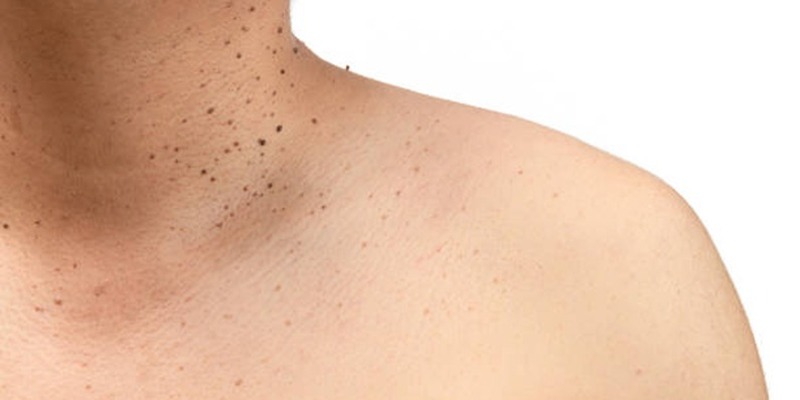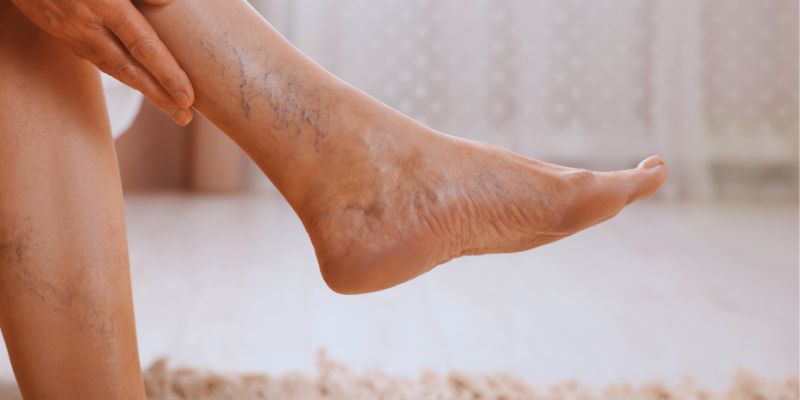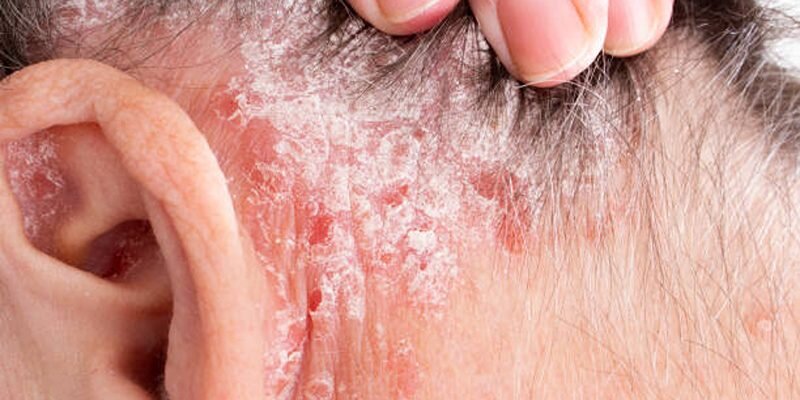What Causes Migraines: Uncovering Common and Uncommon Triggers
Advertisement
Migraine is a neurological condition that results in severe headache attacks on one or both sides of the head. Migraine symptoms vary from person to person and may include nausea, vomiting, fluctuating moods, intense exhaustion, and sensitivity to light, noise, and scents. A mix of hereditary and environmental factors, along with stress, irregular sleep patterns, hormones, diet, and medication, can lead to migraines.
Whether it’s you or any of your family members who suffer from migraines, you can successfully treat the condition and prevent additional attacks by understanding what causes it. So, stay here, learn about the triggers in detail, and overcome your migraine!

What Are The Causes Of Migraines?
However, the specific cause of migraines is not completely known. However, some factors can raise your migraine risk or cause a migraine attack. Most studies believe that migraines are caused by unusual variations in the quantities of chemicals that the brain normally produces. Besides that, other major causes of migraines have been mentioned below:
Stress
Stress is a common cause of migraine attacks. The research found that 50-70% of participants had a strong relationship between their regular stress level and migraine intensity. Both mental and physical pressures, such as job stress, marital problems, financial concerns, and significant personal events, can trigger migraines. When stressed, the body produces cortisol hormones, which may tighten blood vessels, resulting in headaches. Yoga, meditation, frequent sports, and a proper sleep schedule help manage stress.
Hormones
Hormonal variations, particularly declines in estrogen levels, are a major reason for headaches in many women, especially during their period, resulting in what are commonly referred to as "menstrual migraines." It implies that hormonal swings during menstruation, pregnancy, perimenopause, and menopause can all cause migraines to occur. Hormonal medicines, such as oral contraceptives, can potentially exacerbate migraines. However, some women report that using these drugs reduces the frequency of their migraines.
Changes In Weather
Extreme environmental alterations, such as temperature, barometric pressure, and seasonal fluctuations, can cause migraine headaches. A brief research investigation in Missouri, with mostly female participants, found that thunderstorms containing lightning were strongly associated with the development of headaches. No one can't control the weather, so if the weather is not conducive to your migraine, stay in or change your plans carefully. For example, if you have frequent migraines when scorching out, remain indoors where it's cooler. Severe weather events might alter sleep habits, worsening migraine symptoms.

Bright Light
Sunlight is a challenge to many migraine sufferers. The problem is known as photophobia, and it is one of the diagnostic signs for migraines. Research was conducted in 2013, and results revealed that even minimal sunshine contact can cause migraines. One neurologist observed that sunlight only caused migraines if participants had previously been sleep-deprived, anxious, dehydrated, or had low blood sugar by missing a meal. Furthermore, it was also concluded that bright light could be a secondary cause. Wearing sunglasses, sitting closer to windows, and utilizing green light can be beneficial.
Diet
According to research, 12% to 60% of people experience headaches when consuming specific foods. Foods with histamine, chocolate, cheese, other dairy goods, synthetic sweeteners, preserved meats, and anything with a strong odor are all known to cause migraines. It is difficult to exclude all of these things from your diet. If you believe that any of the foods in the following chart are causing your migraines, try removing one or more of them from your diet for two weeks and getting them back one by one. If you suspect that certain foods are causing your symptoms, avoid them.
Dehydration
Dehydration is regarded as a typical migraine cause, implying that not drinking enough fluids may drastically raise the risk of getting a migraine headache in patients with migraines. When not hydrated, the brain loses liquid, creating stress on the tissues around it and perhaps generating pain signals that appear like migraines. Dehydration harms the body on multiple levels, causing dizziness, confusion, and even an urgent medical condition. People who are prone to migraines should drink sufficient water throughout the day.
Smell
Some fragrances, such as perfume, cigarette smoke, vehicle exhaust, cleaning agents, or intense food smells, can stimulate nerve receptors in the nasal cavity, potentially causing a migraine attack. Osmophobia is a phrase that describes migraine victims' increased reaction to smells, which makes even minor aromas uncomfortable. The issue can be controlled by finding and avoiding trigger aromas, utilizing unscented items, ventilating spaces, and telling others about your odor allergy. If you are in an office, let other employees know about your illness, and don't hesitate to ask them to avoid using cologne.
Medication
Excessive use of painkillers may increase the risk of developing migraine. This condition is known as medication overuse headache (MOH) or rebound headache. Overuse of painkillers changes the function of neurotransmitters as well as responses in the body. So, it is important to understand the suggested amount and intervals for any medications you are taking. If a medicine that you use is causing a boost in migraine attacks, consult with your doctor about moving to a different one.
Irregular Sleep Schedule
Sleep, both less and excess, can be a major cause of migraines in many people. Sleep refreshes and recovers all areas of the body, especially the brain, so it is natural that an inconsistent sleep pattern increases your susceptibility to migraine attacks. Going to bed at the same time every night, trying for at least 7-8 hours of sleep, and avoiding TV, messaging, studying, and listening to music while in bed will help you prevent this issue. If you have a migraine attack, your doctor may advise you to keep a headache notebook. Recording what you were doing, what meals you consumed, and what medicines you used before your migraine incident will help you discover your triggers.
Conclusion:
Suppose you're one of the millions of individuals who suffer from migraines on a regular or irregular basis. In that case, you should identify your unique migraine triggers and do everything you can to prevent them. In most cases, stress, dehydration, environmental factors, smell, or irregular sleep cycles are the cause of migraines. Once you have found your triggers, don't hesitate to tell your doctor or migraine expert about your causes. It can assist them in making a correct diagnosis and beginning an effective treatment strategy for their symptoms. Tell your friends and coworkers about your problem so that they may all help you solve it.
On this page
What Are The Causes Of Migraines? Stress Hormones Changes In Weather Extreme environmental alterations, such as temperature, barometric pressure, and seasonal fluctuations, can cause migraine headaches. A brief research investigation in Missouri, with mostly female participants, found that thunderstorms containing lightning were strongly associated with the development of headaches. No one can't control the weather, so if the weather is not conducive to your migraine, stay in or change your plans carefully. For example, if you have frequent migraines when scorching out, remain indoors where it's cooler. Severe weather events might alter sleep habits, worsening migraine symptoms. Bright Light Diet Dehydration Smell Medication Irregular Sleep Schedule Conclusion:Advertisement












